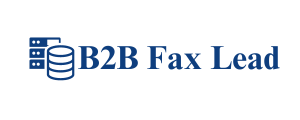Personalizing emails is a powerful way to increase engagement and build relationships with customers. However, it’s important to approach personalization in a strategic and thoughtful way. Here are some best practices for personalizing emails: Collect customer data: To personalize emails, you need to have access to customer data. This can include information such as name, location, purchase history, and browsing behavior. Collecting this data can be done through sign-up forms, surveys, and tracking tools. Use segmentation: Once you have customer data, use segmentation to group customers based on shared characteristics or behaviors. This allows you to send targeted emails to specific groups of customers. Personalize subject lines: Use the customer’s name or reference.
Their purchase history in the subject line
To grab their attention and increase open rates. Customize email content: Use the customer’s name, reference their purchase history, and tailor the content of the email Consulting Email List to their interests and needs. For example, if a customer recently purchased a winter coat, send them an email promoting winter accessories such as hats and gloves. Use dynamic content: Use dynamic content to display personalized product recommendations, promotions, and offers based on the customer’s browsing and purchase history. Personalize the call-to-action: Use the customer’s name or reference their interests in the call-to-action to make it feel more personalized.
Test and opt test different personalization
Strategies to see what resonates with your audience. Use data and analytics to optimize your personalization efforts over time. Respect privacy: Be transparent about how B2B Fax Lead you use customer data and respect their privacy. Provide options for customers to opt-out of personalized emails if they choose to do so. Use automation: Use email automation to deliver personalized emails at the right time, based on the customer’s behavior and preferences. Continuously improve: Personalization is not a one-time effort but an ongoing process. Continuously analyze customer data and feedback to improve your personalization efforts over time. Overall, personalization is a powerful way to build relationships with customers and increase engagement. By following these best practices, you can create personalize emails that resonate with your audience and drive conversion rates.

